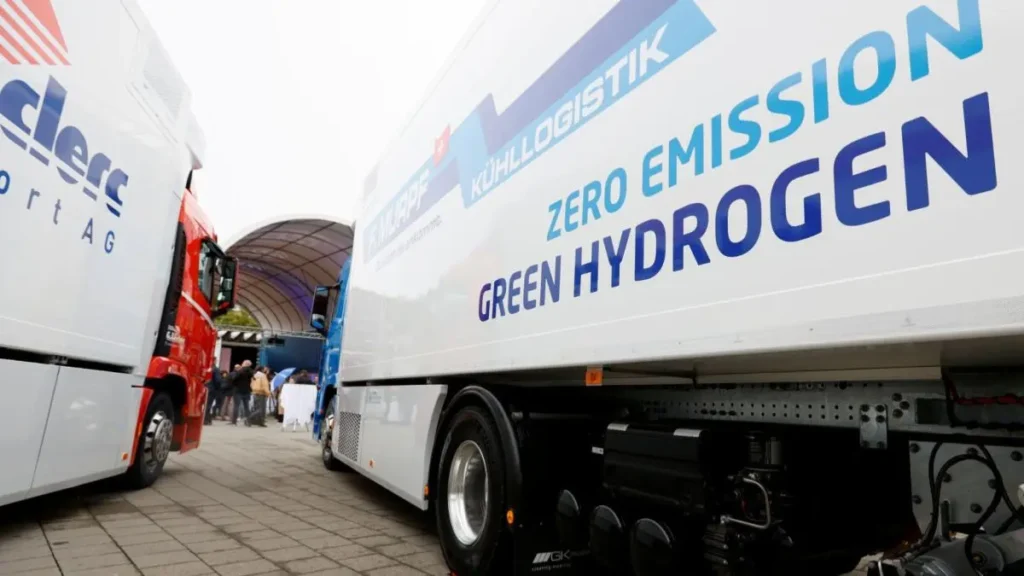NEW DELHI: The Central Electricity Authority in collaboration with state-owned energy and power companies including GAIL, IOCL, and NTPC is conducting a feasibility study to explore possibilities and cost dynamics of transporting green hydrogen through pipelines from renewable energy zones to ports to meet domestic demand as well as exports.
“In green hydrogen, we are thinking that there is a huge requirement of power. There are two options – Can I really transfer power from Rajasthan to port areas or can we go for a pipeline as well? We have already formed a team with GAIL, IOCL, CEA, NTPC, etc to explore possibilities because there will be a challenge of having a huge number of transmission lines. So as an alternative, can we have a green hydrogen pipeline so that it can meet the domestic and export requirements in a cheaper manner,” said Ghanshyam Prasad, Chairperson, CEA.
He noted that in one of the pilot studies for transportation of green hydrogen between Rajasthan and Paradip port conducted by the CEA and its team, it was found that setting a pipeline could be a cheaper alternative instead of transmission lines.
“There are huge challenges in terms of requirements and providing transmission facilities. Ultimately we have to see towards the distribution side as well that they become more and more viable and are able to absorb this (renewable) energy and optimize so that green power is made available to these places,” the chairperson said.
Presently, green hydrogen is converted into green ammonia before transportation. Despite greater emphasis on the use of green hydrogen as an alternative fuel, challenges in terms of its transportation and storage remain.
In March this year, the Petroleum and Natural Gas Regulatory Board (PNGRB) said that it is looking for ways to blend hydrogen with natural gas and transport green hydrogen through natural gas transmission lines. So far 33,000 km of natural gas transmission pipelines network has been authorised, of which 24,000 km is operational.
Prasad also said that to meet the country’s energy transition goals of 2030, the solar capacity needs to grow to 1,400 GW by 2047 from the current 84 GW. The nuclear capacity needs to be doubled by 2039 from the present 8.2 GW and reach around 54 GW by 2047.
“We need to gear up to have base load stations as well as other capacities required to meet energy transition goals,” he said.
The CEA has prepared resource adequacy plans for all discoms determining the capacity additions and the required Renewable Purchase Obligations (RPO) in order to meet the 500 GW of non-fossil fuel capacity by 2030. “The plans are getting revised and they have to get it approved by the state commission,” Prasad said.
He noted that the country does not want a situation where there is either a deficit of renewable energy capacity or a surplus. Any surplus addition may lead to energy not getting dispatched or make a case for negative pricing, he said.
Source; The Hindu Business Line

 Govt Eyes Extra Sops For Mobile Makers Topping PLI Targets
Govt Eyes Extra Sops For Mobile Makers Topping PLI Targets 